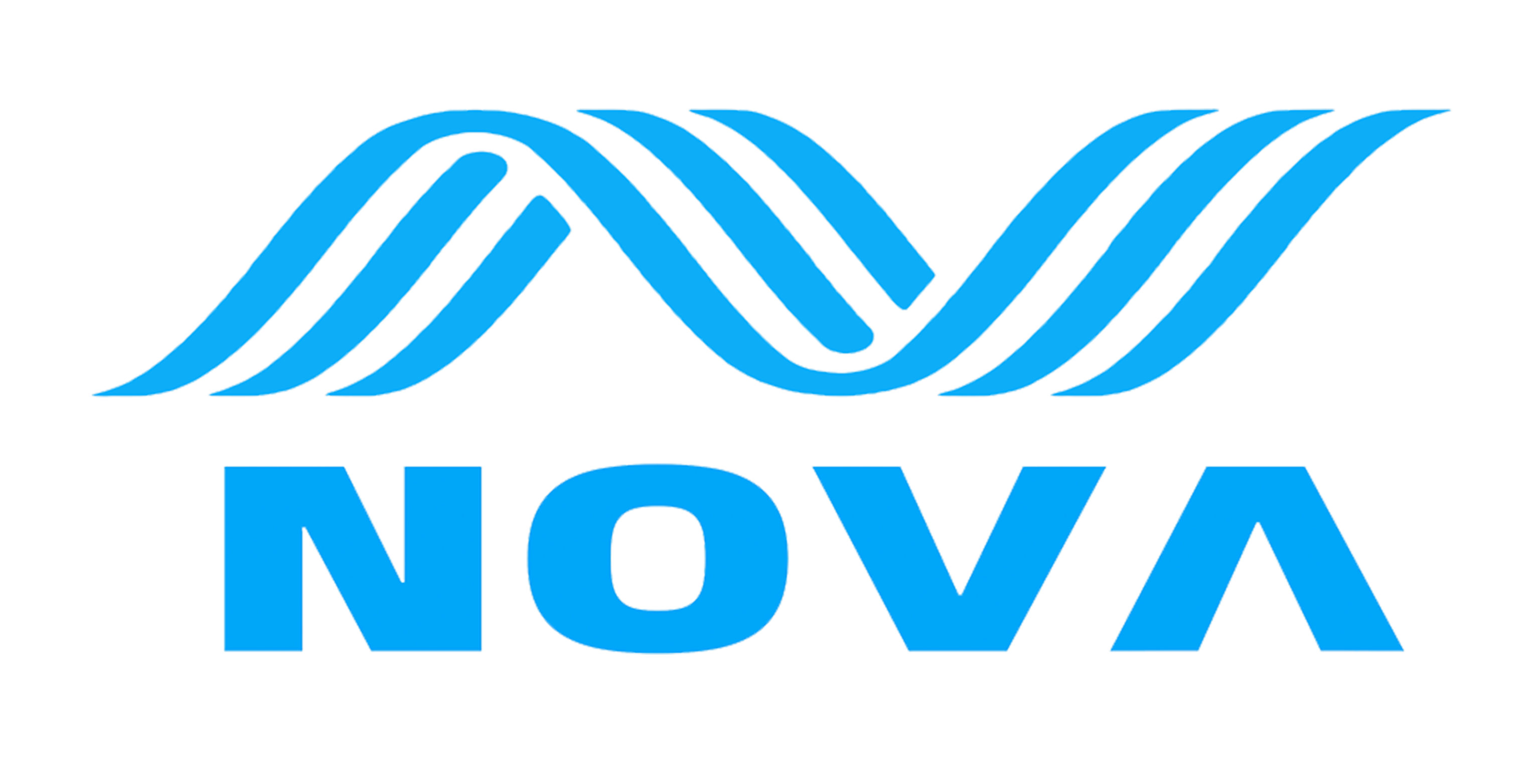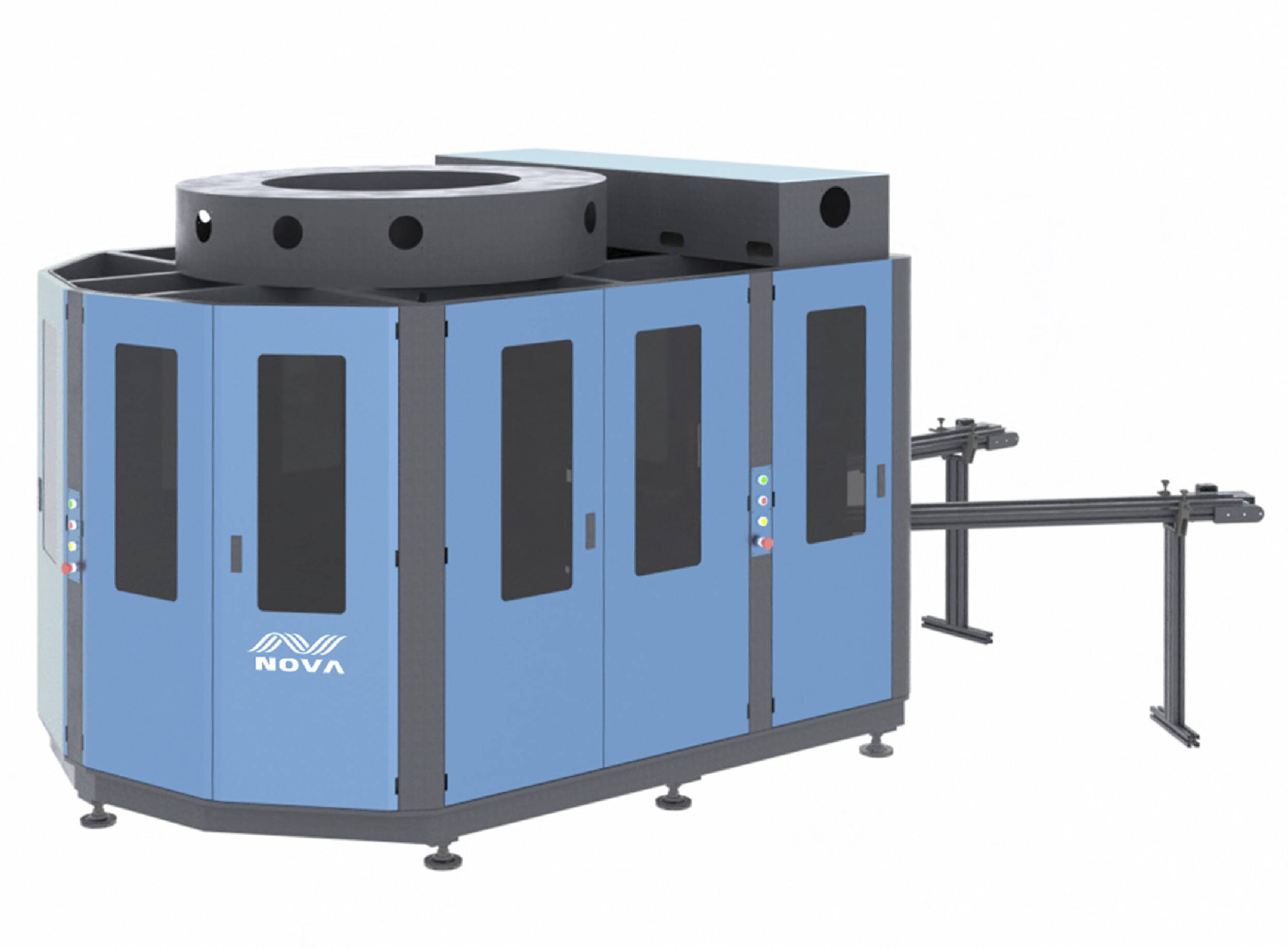How One Pass Rotary Inkjet Printer Technology Works
One pass rotary inkjet printer systems work by combining single pass printing with synchronized rotation, allowing textiles to be printed directly during just one full turn of the machine. Traditional approaches often need several passes back and forth, but these newer models use sophisticated drop on demand technology that can position tiny drops of pigment with incredible accuracy down to fractions of a millimeter. The high resolution print heads move together with the rotating cylinders, making sure the ink lands exactly where needed as the fabric moves through the system, creating continuous production without interruptions.
Core Mechanics of Single-Pass Textile Printing With Rotary Motion Integration
Textile printers that rely on rotary drives work differently from standard flatbed models. They employ synchronized servo motors which spin the fabric as it moves through the machine, while the print heads stay fixed in place firing ink at just the right moment. This setup gets rid of all that annoying start-stop movement we see in traditional systems. Industry tests show these machines can reach impressive speeds around 75 meters per minute. Because the fabric keeps spinning continuously throughout the process, there's much better tension control across the material. The ink lands exactly where it needs to go even when running at top speed. Manufacturers really appreciate this because they get faster output rates without having to worry about registration issues that plague slower printing methods.
Drop-on-Demand Inkjet Systems and Their Role in Precision Digital Printing
Piezoelectric print heads work by creating pressure waves that push out tiny droplets measuring around 3 to 6 picoliters each time they fire. The system maintains consistent performance across multiple prints. What makes this tech stand out? It stops unwanted ink from spreading everywhere (we call that overspray) and still manages to hit those sharp 1200 dots per inch details even on tricky surfaces such as knitwear or fuzzy fleece materials. Since these nozzles only spit out ink when absolutely necessary, there's way less wasted material compared to older methods. For shops doing large runs of printed textiles, this means saving money on supplies while getting better results overall.
Comparison With Traditional Multi-Pass Inkjet Printing Technologies
Single-pass systems reduce production time by 60% compared to multi-pass alternatives, which require 4–8 passes for full color layering. Rotary integration minimizes alignment errors, achieving 98% first-pass yield rates in textile manufacturing trials. The elimination of repeated printhead traversals also reduces mechanical wear and increases system longevity.
Speed and Productivity Gains in One Pass Rotary Inkjet Printing
Print Speed Improvements Through Automated Printing Workflows
The latest generation of one pass rotary inkjet printers makes good use of automated workflows that help get rid of those annoying bottlenecks common in textile manufacturing. These machines come equipped with smart IoT sensors along with some pretty clever prediction software that actually adjusts things like how runny the ink is and where the printhead sits while printing goes on. According to TextileTech Insights from last year, this kind of automation cuts down on manual adjustments needed by about two thirds. Pretty impressive considering they still manage to crank out fabric at speeds reaching around 150 meters every minute. What really stands out though are these advanced servos that control the rotating parts. They work hand in hand with multiple printheads so fabrics can move smoothly through different design sections without losing any speed whatsoever. Most manufacturers find this synchronization absolutely essential for keeping production running efficiently day after day.
Measuring Production Efficiency: A 40% Faster Output Case Study
A 2023 benchmark study of digital textile manufacturers revealed that adopting one pass rotary inkjet printers increased average output by 40% compared to traditional flatbed systems. Key metrics from the study include:
| Metric | Traditional Printing | One Pass Rotary | Improvement |
|---|---|---|---|
| Daily output capacity | 8,000 linear meters | 11,200 meters | +40% |
| Color changeover time | 22 minutes | 3 minutes | -86% |
| Defect rate | 3.2% | 0.9% | -72% |
The technology’s continuous rotary motion prevents substrate deceleration during printing cycles, while adaptive drying systems enable immediate curing at full production speeds. Over 78% of surveyed operators reported reduced labor costs due to the elimination of manual fabric repositioning.
Achieving High Quality at High Speeds
Ink Formulation and Substrate Interaction for Consistent Print Quality
The latest generation of rotary inkjet printers for textiles creates much better print consistency thanks to specially formulated inks that actually respond to how different fabrics absorb them. According to a study published by the Textile Institute last year, these new reactive inks work best when their thickness is around 12 to 15 centipoise, cutting down on color bleeding problems by almost two thirds compared with older dye sublimation methods. Most modern machines come equipped with sensors that tweak the ink composition as they go along, reading how conductive the fabric surface is in real time. This means manufacturers get pretty much the same quality results whether printing on pure cotton, polyester blends or those tricky mixed material fabrics that used to be such a headache for consistent coloring.
Print Head Design and Droplet Placement Accuracy in High-Speed Environments
High-frequency print heads (up to 50 kHz) equipped with MEMS sensors maintain ±5μm droplet placement accuracy even at 150 m/min production speeds. This precision prevents common defects like banding—a critical advancement verified by third-party testing showing 98% defect-free outputs in roll-to-roll textile printing applications.
Balancing Speed and Color Accuracy in Digital Textile Printing
Real-time spectrophotometers integrated into the printer carriage perform 1,200 color checks per meter, automatically compensating for speed-induced drying variations. A recent case study demonstrated 25% tighter color tolerances (ΔE ≤ 1.5) versus traditional multi-pass systems while operating at 2.5× faster throughput rates, ensuring brand-consistent results across large production runs.
Automation and Operational Efficiency in Digital Textile Printing
Integration of automation for continuous one pass rotary inkjet printer operation
The latest generation of one pass rotary inkjet printers keeps production running smoothly thanks to their automated systems. Robots handle the fabric feeding process without hiccups, and the ink delivery stays consistent with just the right thickness and flow throughout. With this kind of automation setup, textile factories can run around the clock most days, experiencing only minimal downtime. That makes these machines perfect for rush jobs like seasonal fashion lines or promotional items needed before big events.
Reducing labor costs and human error through intelligent digital press automation
Smart automation cuts down on hands-on work by around 60 to 80 percent when compared with older semi-automated systems. The sensors built into these machines spot alignment issues as they happen, making automatic corrections to things like material tension and printer head positioning so defects don't occur. According to recent market research from 2024 on digital textile printing, factories using this kind of Industry 4.0 tech typically see error rates drop below half a percent even during long production runs of over 10 thousand meters. What's really interesting is how operators can now watch over several printing machines at once through central control panels. This not only saves money on staffing but also means products come out looking much more uniform across different batches.
Applications and Future Trends in One Pass Rotary Inkjet Printing
Scaling Fashion Manufacturing with On-Demand Customization and Low-Waste Production
One pass rotary inkjet printers let fashion brands ramp up production without sacrificing the ability to customize items quickly for fast fashion trends. These machines cut down on setup waste and help manufacturers avoid stockpiling inventory since they can print what's needed when it's needed. According to some industry numbers from LinkedIn in 2024, this approach results in about 40 percent less material waste than old school screen printing methods. Plus, these printers work with waterless printing processes which is right in line with how the entire textile industry is moving towards greener practices and circular fashion concepts where products get reused or recycled rather than ending up in landfills.
Next-Generation Advancements: AI-Driven Calibration and Smarter Print Head Design
New AI tech is getting really good at adjusting ink thickness and where those tiny droplets land while printing happens super fast, sometimes over 100 meters per minute without losing quality. Research from last year suggests that better designed print heads might cut down equipment expenses by around half in just five years because parts last longer and need less fixing. What this means for businesses is that what used to cost nearly 800 grand just to get started with these advanced printers isn't so prohibitive anymore. Mid sized companies can finally afford to jump into high speed digital printing without breaking the bank, which opens up all sorts of opportunities they couldn't access before.
Market Outlook: Growth in Demand for Digital Printing Equipment and Sustainable Solutions
Market analysts expect the digital textile printing equipment sector to expand at around 12% annually until 2030, mainly because companies want greener and faster ways to manufacture fabrics. Many clothing brands now look for tech that cuts down on water usage and gets products to stores quicker. According to recent data from LinkedIn's 2024 industry report, nearly 78% of textile makers plan on switching to rotary inkjet systems for large scale production by mid-2026. These hybrid machines blend the accuracy of digital printing with the efficiency of rotary automation. They're becoming pretty much standard across the industry nowadays, offering improvements in how fast they work, what quality they produce, and their overall impact on the environment too.
FAQ Section
What is the main advantage of one pass rotary inkjet printers over traditional methods?
The primary advantage is a significant reduction in production time, with single-pass systems reducing time by 60% compared to multi-pass methods, and they offer improved alignment accuracy and less mechanical wear.
How do one pass rotary inkjet printers maintain print quality at high speeds?
These printers use high-frequency print heads with MEMS sensors to maintain droplet placement accuracy and integrated spectrophotometers for real-time color checks, ensuring high-quality outputs even at high speeds.
How do these printers contribute to sustainability in textile manufacturing?
One pass rotary inkjet printers support low-waste production by reducing setup waste and material wastage, and they often use waterless printing processes, aligning with sustainable practices in the textile industry.
What impact does automation have on the operation of one pass rotary inkjet printers?
Automation significantly reduces human error and labor costs, allows continuous operation with minimal downtime, and enhances product consistency across large production runs.
Table of Contents
- How One Pass Rotary Inkjet Printer Technology Works
- Speed and Productivity Gains in One Pass Rotary Inkjet Printing
- Achieving High Quality at High Speeds
- Automation and Operational Efficiency in Digital Textile Printing
- Applications and Future Trends in One Pass Rotary Inkjet Printing
-
FAQ Section
- What is the main advantage of one pass rotary inkjet printers over traditional methods?
- How do one pass rotary inkjet printers maintain print quality at high speeds?
- How do these printers contribute to sustainability in textile manufacturing?
- What impact does automation have on the operation of one pass rotary inkjet printers?

